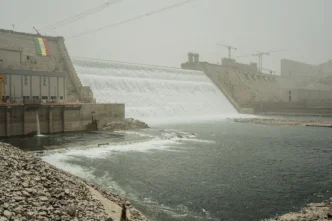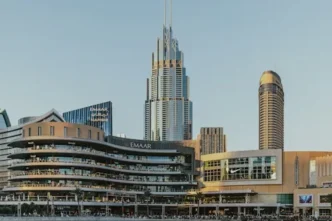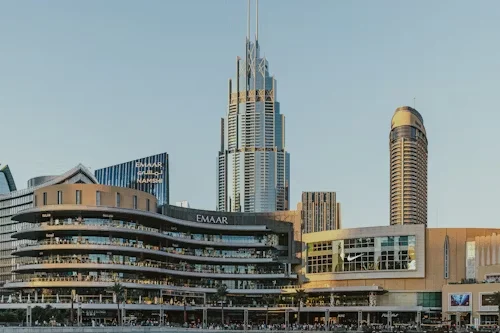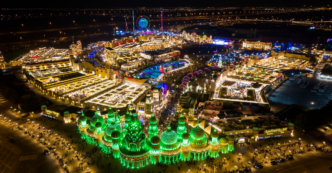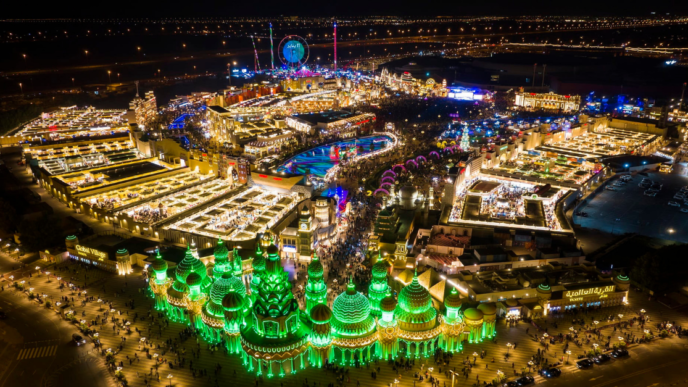Ethiopia has officially opened Africa’s largest hydroelectric dam, which has received significant attention for years for its sheer size and international relations issues. The project is called the Grand Ethiopian Renaissance Hydro Dam (GERD). It is located on the Blue Nile River, right near the Sudanese border. Ethiopia is expecting to provide electricity for millions of Ethiopians through this megaproject and spur economic growth.
However, the dam has also caused a serious rift with Egypt, which depends on the Nile for its water supply. Egypt fears this dam will diminish Egypt’s rights to the Nile and threaten agriculture, drinking water, and livelihoods.
Ethiopia’s Hydroelectric Ambition and Egypt’s Concerns
The Grand Ethiopian Renaissance Dam symbolizes Ethiopia’s aim to be a regional power based on clean energy. The dam has an installed capacity of over 6,000 megawatts, which is far more than any other hydropower project on the continent. For Ethiopia, it goes beyond infrastructure; it is national pride and the potential for industrialization.
Egypt has expressed significant concerns. More than 90% of Egypt’s population lives along the Nile and relies upon its waters. Egyptian officials contend that filling the reservoir behind Africa’s largest hydroelectric dam will eliminate water there and, therefore, become a water crisis. Tensions have escalated to the point where international actors have weighed in on the issue.
During his first term, Donald Trump made reference to “a dangerous situation,” warning that if an agreement was not found, Cairo may resort to “blowing up that dam.” While hyperbolic, his report illustrates the magnitude of the dispute.
For further context of the Nile dispute, Al Jazeera gives a helpful breakdown.
Global Impact of Africa’s Largest Hydroelectric Dam
The completion of Africa’s biggest hydro dam the GERD has implications throughout Africa. Beyond giving Ethiopia energy independence, it also sets them up to be an electricity supplier for neighbouring countries like Sudan, Djibouti, and Kenya. Should those exports occur it could strengthen regional relationships if managed through cooperation.
However, the problems birthed from Ethiopia’s projects in the Nile continue to be a significant issues with Egypt and Sudan. Several rounds of negotiation have been attempted, all facilitated by the African Union but without producing a contract that lives longer. The two sides appreciate that the Nile is a lifeblood for both, though they have purposeful divergent futures with their presents.
From Ethiopia’s standpoint, it hopes that the GERD will bring industries to Ethiopia, alleviate poverty in Ethiopia, and serve the power needs of nearly half of the 120 million people in Ethiopia without reliable access to electricity. International observers view the project as both a success for renewable energy in Africa and a trial of African diplomatic seriousness.
For related progress of these nations, see The UAE Times.
Way Forward
As Ethiopia celebrates the completion of its landmark project, the global community urges dialogue. Experts suggest that a cooperative framework between Ethiopia, Egypt, and Sudan is the only sustainable way to share the Nile’s resources. If managed well, Africa’s largest hydroelectric dam could be a beacon of progress. If not, it risks fueling further conflict.
The world will be watching closely, hoping that the GERD becomes a symbol of cooperation rather than division.
